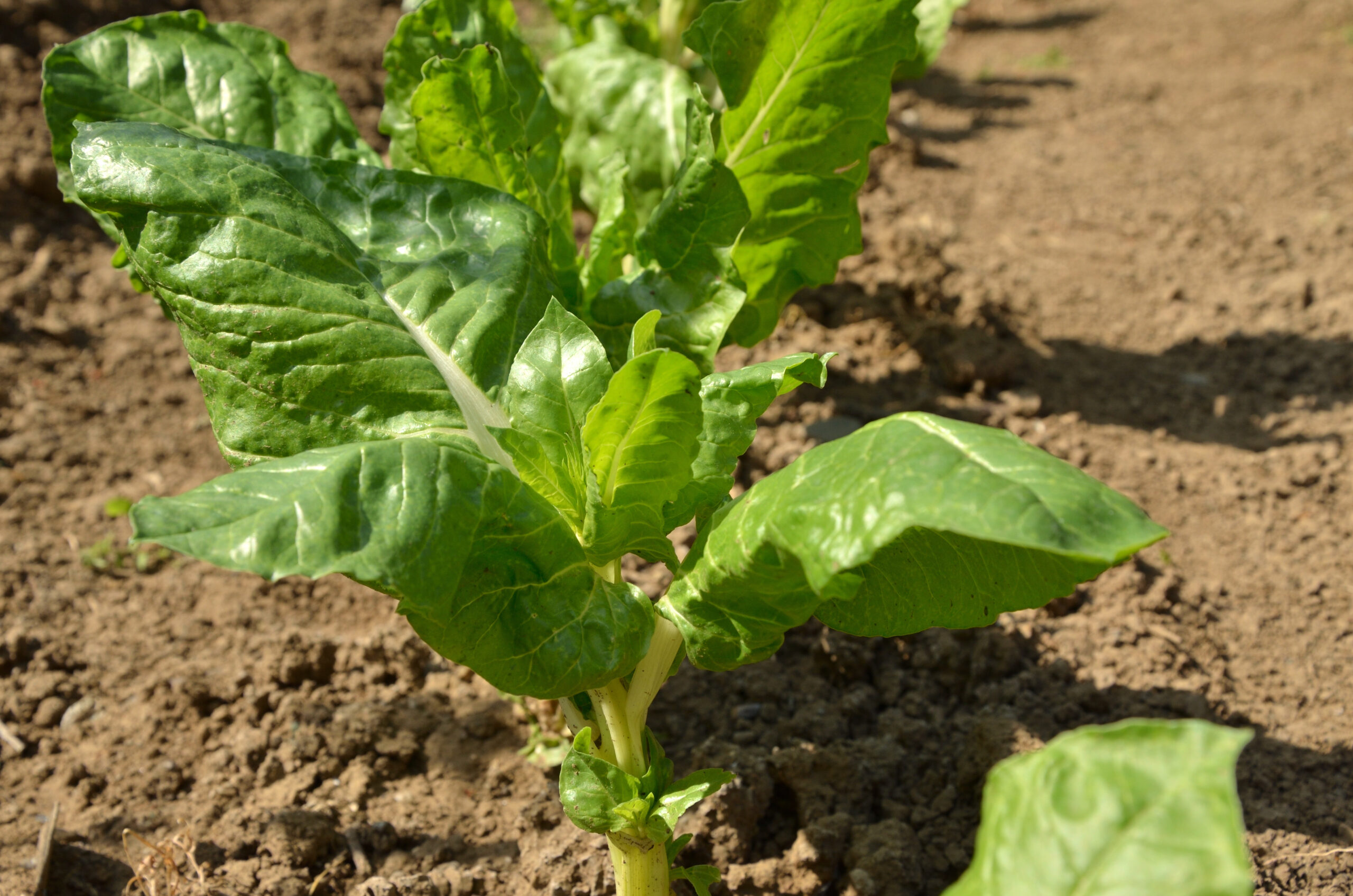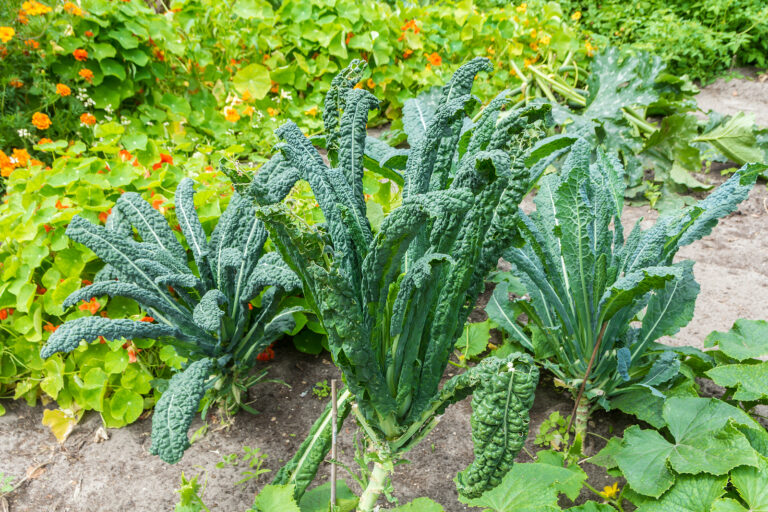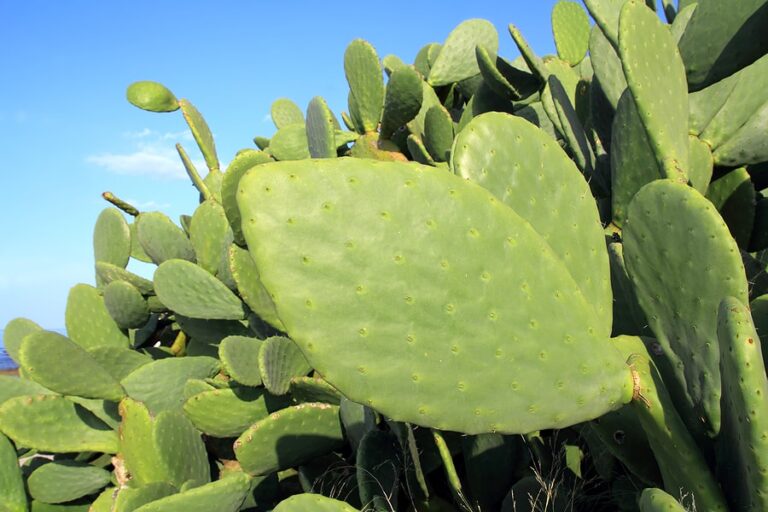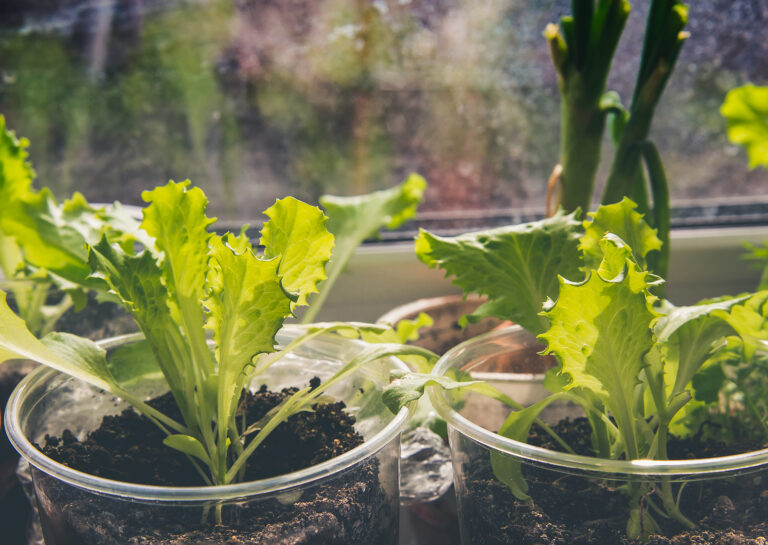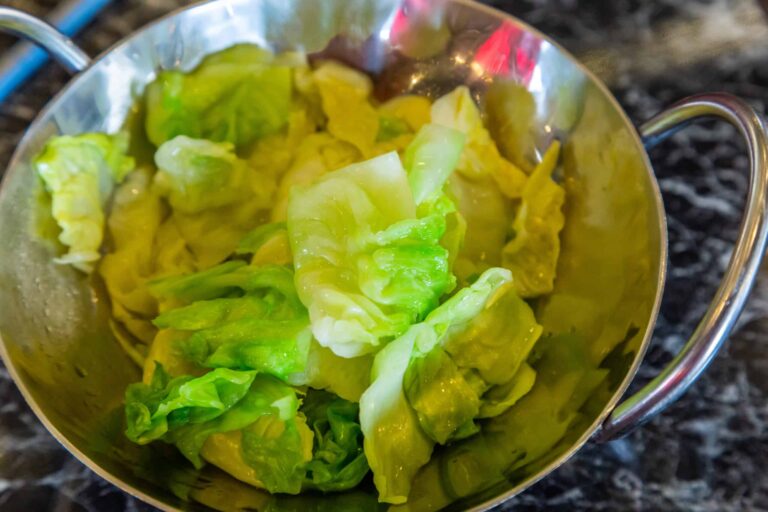Crop Rotation Tips for Swiss Chard – What to Plant Before and After
Swiss chard is a relatively low-maintenance crop, but rotating it with other vegetables helps prevent soil-borne diseases, reduce pest problems, and keep your soil fertile. Knowing what to plant before and after chard is key to maintaining a productive garden.
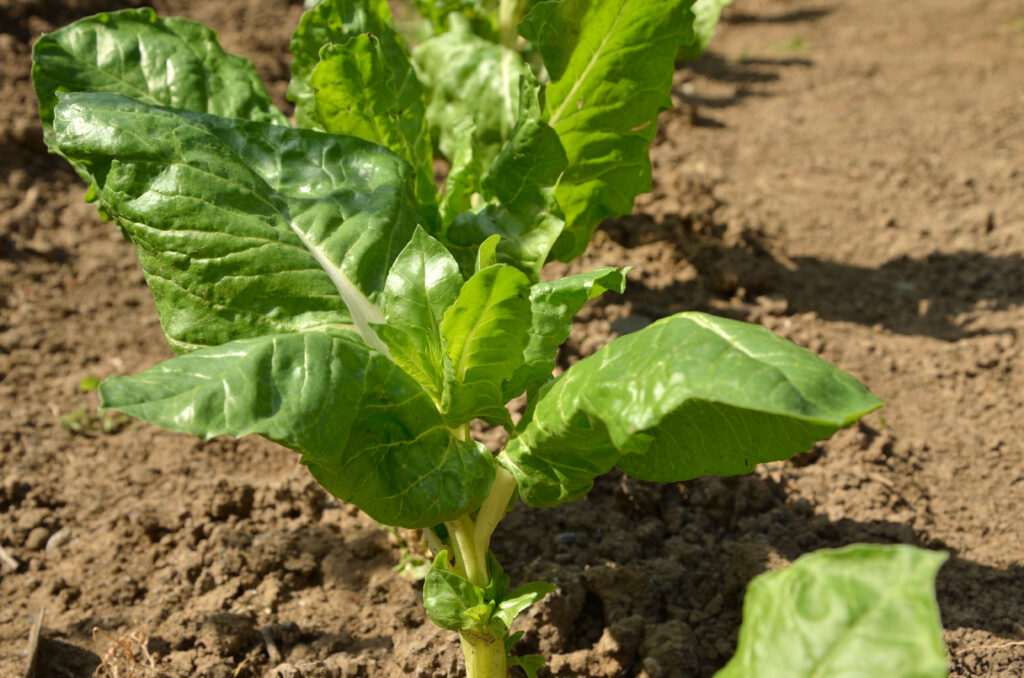
Why Crop Rotation Matters for Swiss Chard
Chard is in the beet family (Chenopodiaceae), which includes beets and spinach. Pests and diseases that affect one member can linger in the soil and harm the others. Rotating crops breaks these cycles.
What to Plant Before Swiss Chard
Choose crops that don’t share pests or diseases and that leave the soil enriched:
- Legumes (beans, peas): Add nitrogen to the soil, boosting leafy growth for the next crop.
- Brassicas (broccoli, cabbage, kale): Different nutrient needs and pest profiles.
- Alliums (onions, garlic, leeks): Help reduce soil pests naturally.
What to Plant After Swiss Chard
After chard, plant crops with different nutrient demands:
- Root crops (carrots, radishes, turnips): Benefit from soil loosened by chard roots.
- Fruiting crops (tomatoes, peppers, cucumbers): Use nutrients chard doesn’t heavily deplete.
- Legumes: Replenish nitrogen before planting another leafy crop.
Crops to Avoid in Rotation
Don’t plant beets, spinach, or other chard varieties in the same bed the following year to reduce disease buildup and pest carryover.
Note from My Experience
In my raised beds, I rotate chard after spring peas and before fall carrots. This sequence improves soil fertility and keeps plants healthy year after year.
Takeaway: Rotate Swiss chard with unrelated crops to keep soil balanced, pests in check, and harvests abundant.
🌿 Swiss Chard Learning Hub
Start here: The Ultimate Chard Growing Guide: From Seed to Harvest
✅ Planting & Seasonal Timing
- Swiss Chard Seed Starting Tips
- How to Grow Swiss Chard Year-Round in Mild Climates
- When to Plant Swiss Chard for Spring, Summer, and Fall Harvests
- Succession Planting Swiss Chard for Continuous Harvests
- Growing Swiss Chard in Containers
✅ Growing Techniques
✅ Care & Maintenance
- Watering Swiss Chard: How Much and How Often
- Why Is My Swiss Chard Wilting? Common Growing Problems and Fixes
- How to Keep Swiss Chard From Getting Bitter
✅ Pests & Diseases
✅ Harvesting & Use
- How to Harvest and Store Swiss Chard
- Five Ways to Cook Swiss Chard
- How to Harvest Swiss Chard So It Keeps Growing
✅ Varieties & Selection
- Best Swiss Chard Varieties for Colorful Garden Beds
- Top Swiss Chard Varieties for Small-Space Gardens and Containers
✅ Companion Planting & Rotation

